Shaimaa Yahya
On the eve of a breakthrough regarding the Afghan presidency, the two rival sides announced that President Ashraf Ghani and his rival Abdullah Abdullah are about to resolve their dispute over the 2019 presidential election – a dispute that threatened the US-brokered peace process between the Afghan government and the Taliban.
Disagreements between the two parties flared when each one appointed himself president of Afghanistan in separate ceremonies, as Abdullah held the position of CEO of the unity government under a power-sharing agreement with Ghani, but he lost the post after the presidential election in 2019, which Ghani won amid accusations of fraud. Abdullah then declared himself president of the country, although the international community has only recognized Ghani.
Siddique Siddiqui, a spokesman for Ghani, said in a tweet on Friday, May 1 that progress has been made in resolving the conflict and moving forward in negotiations on important political issues to be resolved.
According to Fereidoun Khazoun, a spokesman for Abdullah Abdullah, a draft agreement between the two sides was completed that included proposals that Abdullah lead a higher council for peace talks and choose half of the members of the new Afghan government. In principle, an agreement was reached, but there are some things that must be finalized, although they are not big obstacles and will be solved, he added.
This comes as the Taliban rejected Ghani’s call on April 23 for a ceasefire during the holy month of Ramadan to create an atmosphere for citizens to enjoy the holy month and to enable the government to fight the Covid-19 corona virus pandemic.
Abdullah said on Twitter, “We made progress in the negotiations, and we reached an initial agreement on a set of principles. Work is under way on the details to finalize the agreement, and we hope to put the final touches to the political agreement at an early date so that we can pay full attention to tackling the Covid-19 pandemic, ensuring a just, generous and lasting peace, and addressing security and economic challenges in a spirit of national unity and solidarity.”
Obstacles and the future
Although the Afghan street and political parties welcome the signing of the peace agreement between the United States and the Taliban, the matter is not without obstacles hindering the agreement. Mustafa Kemal, an assistant researcher in the security and military studies unit at the Al-Ahram Center for Strategic Studies, told the Reference that at the top of these obstacles is the trust gap between the Afghan government and the Taliban movement, as well as the fear of civil society, especially women’s rights institutions, over the gains and accomplishments achieved in light of the presence of US forces in Afghanistan, in addition to the movement’s insistence on calling the country the “Islamic Emirate of Afghanistan”, such that the name is found in the text of the agreement, to which the United States insisted on adding the words “not recognized by the United States as a state”.
The second obstacle lies in Ghani’s disavowing the pledge to release 5,000 prisoners from the Taliban movement – a condition of the Taliban to start negotiations. The Taliban prisoners are an important pressure card in the hands of the Afghan government, which insists it will not release these prisoners until after direct negotiations begin with the Taliban. The Afghan president is well aware that the exchange of prisoners prior to the start of negotiations means that the government would deprive itself of a card to negotiate.
To overcome this complexity, Washington made sure to send Defense Secretary Mark Esper to Kabul to meet the Afghan president, which came in conjunction with the signing of the Doha agreement. The declaration emphasized, in principle, the terms of the agreement with the Taliban itself, while stressing “the commitment of the United States in supporting Afghan security forces and other government institutions, including through continued efforts to enhance the ability of Afghan security forces to respond to domestic and foreign threats.”
Kemal pointed out that the third obstacle relates to the conflict within the Taliban itself, as parties within the movement reject the agreement are not ready to abandon the group’s alliance with al-Qaeda, while the fourth obstacle relates to the United States, as the agreement states in one of its clauses that the United States must work to lift sanctions against the Taliban and its members. But the current Taliban leadership includes the Haqqani network, which is classified as a terrorist group by Washington, and the network’s leader, Sirajuddin Haqqani, is the deputy leader of the Taliban.
Meanwhile, the fifth obstacle is the political crisis currently facing Afghanistan, as Abdullah rejects the results of the presidential election and consider himself a legitimate president. This is a major obstacle to the Afghan negotiations, and it will be difficult for the United States and the Taliban to implement the terms of the agreement if the Afghan ranks remain disunited after the presidential election and the diplomatic corps remains split, as the ambassadors of Iran, Russia, Turkey and Central Asian countries did not attend Ghani’s inauguration ceremony.
But all these obstacles may not be sufficient to thwart the agreement. The two parties have significant interests that stem from its success. The United States now wants to get out of the Afghan predicament by all means, whereas the exit of foreign forces would make the Taliban the first force in the country, meaning it could perhaps return to ruling the country again.



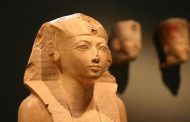
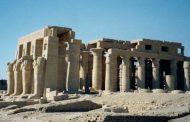
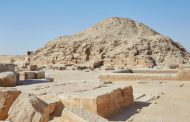
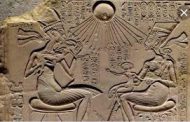


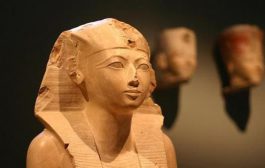
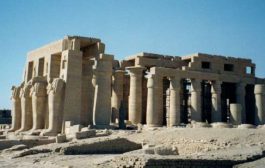
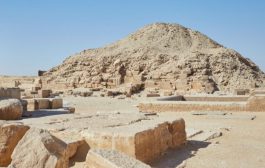














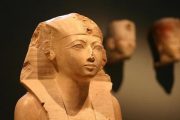
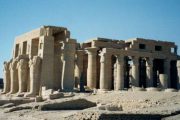
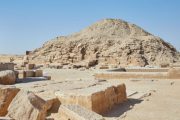

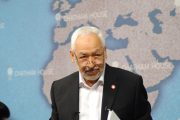

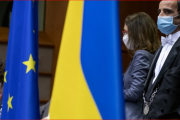

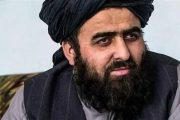




admin in: How the Muslim Brotherhood betrayed Saudi Arabia?
Great article with insight ...
https://www.viagrapascherfr.com/achat-sildenafil-pfizer-tarif/ in: Cross-region cooperation between anti-terrorism agencies needed
Hello there, just became aware of your blog through Google, and found ...